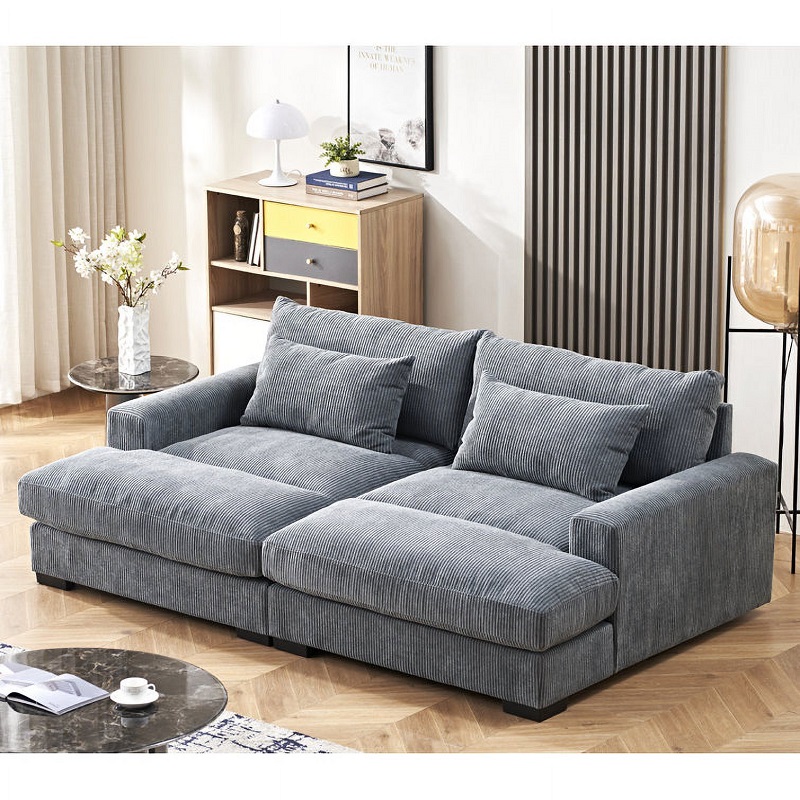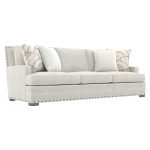Sofa beds have long been a popular solution for those needing to maximize space in their homes while providing additional sleeping arrangements for guests. However, the question of comfort remains a significant concern for many. In this article, we will explore the various factors that influence the comfort level of sofa beds and examine how they compare to traditional mattresses in terms of sleep quality.
Understanding Sofa Beds: Mechanism and Design
The Functionality of Sofa Beds
Sofa beds, also known as sleeper sofas, are designed to serve dual purposes: as a seating area during the day and as a bed at night. Their mechanism typically involves a foldable mattress that is hidden within the frame of the sofa. When it’s time to sleep, the mattress unfolds and extends to create a flat sleeping surface. This adaptability makes them particularly appealing in small apartments or homes where space is limited.
Design Variations Affecting Comfort
The design and construction of sofa beds can vary significantly. Some models feature thick, high-quality mattresses, while others may use thinner foam or even air mattresses. The materials used in the sofa bed’s construction—such as the frame, cushions, and mattress—play a crucial role in determining overall comfort. High-end sofa beds often incorporate memory foam or hybrid mattresses, which can provide a more comfortable sleeping experience. Understanding these variations is essential for potential buyers who want to ensure a good night’s sleep for themselves and their guests.
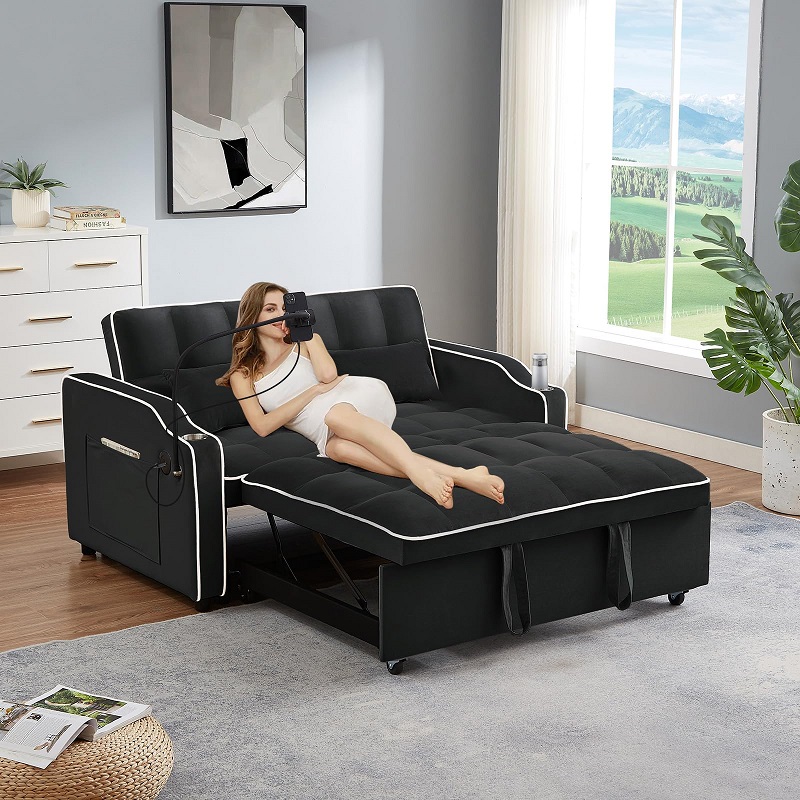
Evaluating Mattress Quality: Key Factors
Mattress Types Used in Sofa Beds
When it comes to sofa beds, the type of mattress is one of the most critical factors affecting comfort. Common mattress types include innerspring, memory foam, and latex. Innerspring mattresses use coils for support and are generally firmer, which some people prefer. However, they can also be less forgiving, leading to discomfort for side sleepers. Memory foam mattresses conform to the body’s shape, providing pressure relief and support, while latex mattresses are known for their durability and breathability.
Thickness and Firmness Considerations
The thickness of the mattress is another essential element to consider. A thicker mattress typically offers more comfort; however, it may also make it more challenging to fold the sofa back into its original position. Most sofa bed mattresses range from 4 to 8 inches in thickness, with thicker options generally being more comfortable. Similarly, firmness plays a crucial role in sleep quality. While some individuals prefer a firmer mattress for spinal alignment, others may find that a softer surface alleviates pressure points and enhances sleep quality.
The Importance of Support: Frame and Structure
Impact of Frame Design on Comfort
The frame and structure of a sofa bed significantly influence its overall comfort. A well-constructed frame ensures stability and support, preventing sagging over time. Metal frames typically offer greater durability compared to wooden frames, which may be subject to wear and tear. Additionally, the design of the frame affects how easily the mattress can be deployed for sleeping. A smooth, user-friendly mechanism allows for quick transitions from sofa to bed, enhancing the overall experience.
Role of Additional Features
Many modern sofa beds come equipped with additional features that enhance comfort. Some models include built-in support systems or adjustable settings that allow users to customize their sleeping experience. For instance, certain designs may incorporate a reclining feature or adjustable firmness levels, giving users the option to tailor the bed to their preferences. These additional functionalities can significantly improve sleep quality, making sofa beds a more viable option for long-term use.
User Experience: Real-Life Comfort Levels
Feedback from Sofa Bed Users
To gauge comfort levels, it is crucial to consider user experiences. Many individuals report varying degrees of satisfaction with sofa beds, largely depending on their specific model and mattress type. For example, some users appreciate the convenience of having a dual-purpose piece of furniture but express concerns about the comfort level when sleeping. Conversely, others have found high-quality models that offer a surprisingly comfortable sleeping experience.
Comparison with Traditional Mattresses
When comparing sofa beds to traditional mattresses, the latter generally wins when it comes to comfort. Traditional mattresses are available in a wider range of styles and materials, allowing users to select options tailored to their personal preferences. Additionally, traditional beds tend to have superior support systems and more robust construction, contributing to better sleep quality. However, it’s essential to acknowledge that not all sofa beds are created equal, and some premium models can rival traditional beds in terms of comfort.
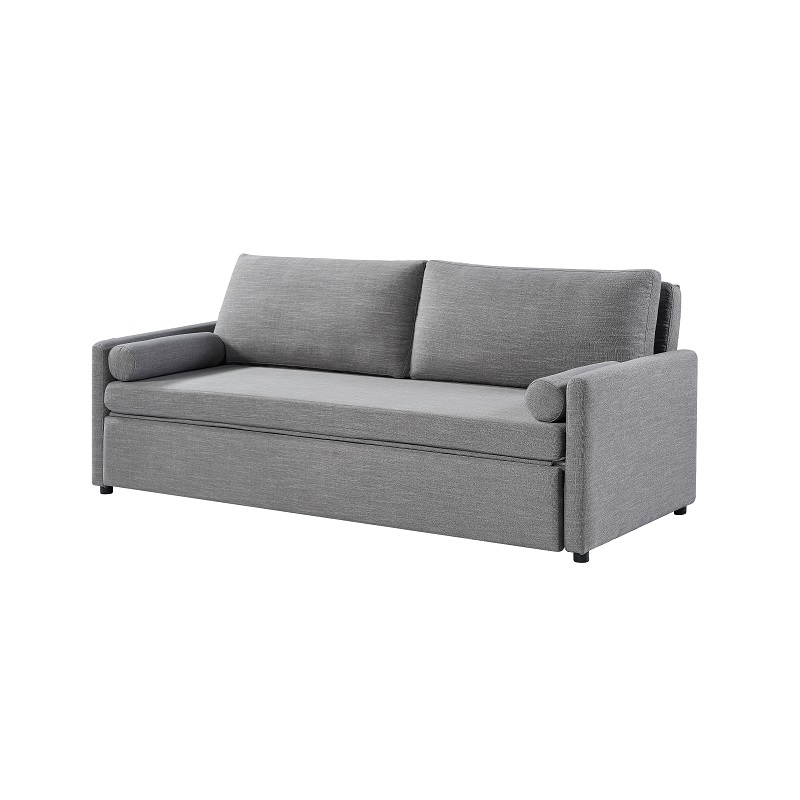
Sleep Quality: Factors Beyond the Mattress
The Role of Sleep Environment
Sleep quality is influenced by various factors beyond the mattress itself. The environment in which one sleeps can significantly impact comfort levels. For instance, factors such as room temperature, noise levels, and lighting all play a role in shaping the overall sleep experience. A sofa bed located in a busy area of the home may be subjected to disturbances that hinder restful sleep, regardless of mattress quality.
Personal Sleep Preferences
Individual sleep preferences also play a crucial role in determining comfort levels. Some people may find sofa beds suitable for short-term use, such as accommodating overnight guests, while others may struggle with sleep quality due to personal habits or preferences. For example, individuals who sleep on their sides may require more cushioning than a standard sofa bed can provide, while back sleepers might fare better. Understanding these personal nuances can help individuals make informed choices regarding sofa bed selection.
Maintenance and Longevity: Keeping Comfort Intact
Caring for Sofa Beds
Maintenance is vital for ensuring the longevity and comfort of a sofa bed. Regular cleaning, proper care, and timely repairs can significantly extend the life of both the mattress and the frame. It’s essential to follow the manufacturer’s care instructions, which may include rotating the mattress or using protective covers. Neglecting maintenance can lead to premature wear, affecting the overall comfort and usability of the sofa bed.
Signs of Wear and Tear
Knowing when to replace or repair a sofa bed is crucial for maintaining comfort. Common signs of wear and tear include sagging in the mattress, difficulty in opening or closing the mechanism, and visible damage to the frame. Addressing these issues promptly can help avoid further deterioration and ensure that the sofa bed remains a functional and comfortable option for sleep.
Cost vs. Comfort: Finding the Right Balance
Budget Considerations
When considering a sofa bed, budget constraints often play a significant role. Sofa beds can vary widely in price, with high-quality models reaching upwards of several thousand dollars. While it can be tempting to opt for a cheaper model, it’s essential to weigh the financial investment against comfort and longevity. Inexpensive sofa beds may initially seem like a cost-effective choice, but they often compromise on materials and construction, leading to discomfort over time.
Long-Term Investment in Comfort
Investing in a quality sofa bed can yield significant returns in terms of comfort and usability. Higher-priced models typically feature better materials, superior craftsmanship, and more advanced mechanisms, all of which contribute to an enhanced sleeping experience. Additionally, a well-made sofa bed can serve you for years, making it a worthwhile investment for those who frequently host guests or require flexible sleeping arrangements.
Alternatives to Sofa Beds: Exploring Other Options
Futons and Murphy Beds
For individuals seeking alternatives to sofa beds, futons and Murphy beds may offer suitable solutions. Futons are versatile pieces of furniture that can be used as sofas and beds, similar to sofa beds. They are generally more affordable and can be found in various styles and materials. Murphy beds, on the other hand, are wall-mounted and fold down when needed, providing a dedicated sleeping area without occupying floor space. Both options can offer comfort and practicality, depending on individual needs.
Air Mattresses and Portable Solutions
Air mattresses have gained popularity as temporary sleeping solutions due to their convenience and ease of storage. While they may not offer the same level of comfort as traditional mattresses, advancements in air mattress technology have led to products that provide decent support. Portable solutions, such as camping beds or rollaway beds, are also available for those who need extra sleeping arrangements occasionally. Each of these alternatives has its pros and cons, making it essential to evaluate your specific situation before making a decision.
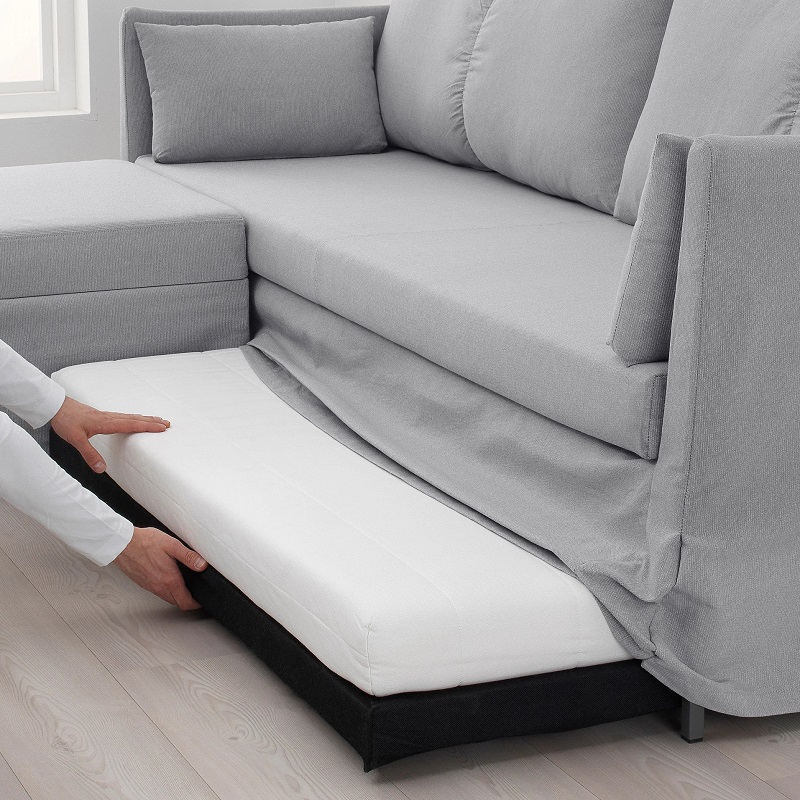
Conclusion: Making an Informed Choice
In conclusion, the comfort of sofa beds can vary greatly depending on multiple factors, including mattress quality, design, and individual sleep preferences. While many users find them satisfactory for occasional use, traditional mattresses generally provide a superior sleeping experience. When considering a sofa bed, it’s vital to assess your specific needs, budget, and the intended use of the sofa bed. By doing so, you can make an informed choice that balances comfort with functionality, ensuring a good night’s sleep for you and your guests.
